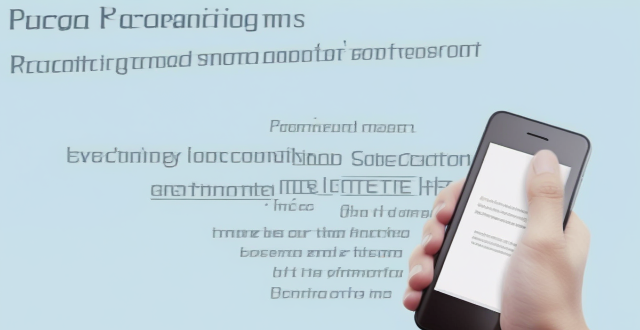When purchasing a second-hand phone, it is crucial to understand your rights and the seller's return policy. If the phone does not work as described, you can contact the seller, request a refund or exchange, dispute the charge with your payment provider, or seek legal advice if necessary. Being proactive in communicating with the seller and documenting any issues can increase your chances of getting a refund or exchange.

Can I Return a Second-Hand Phone if It Doesn’t Work as Described?
Introduction
Buying a second-hand phone can be a great way to save money, but it also comes with certain risks. One of the most common concerns is whether you can return the phone if it doesn't work as described. In this article, we will explore your options and what you need to know before making a purchase.
Understanding Your Rights
Warranty Duration
Before buying a second-hand phone, it is essential to understand the warranty duration. If the phone is still under warranty, you may be able to get it repaired or replaced by the manufacturer. However, if the warranty has expired, you will have to rely on the seller's return policy.
Seller's Return Policy
The seller's return policy is another critical factor to consider. Some sellers offer a no-questions-asked return policy, while others may have specific conditions that must be met. It is important to read the terms and conditions carefully and ask questions if anything is unclear.
Condition of the Phone
The condition of the phone is also an important consideration. If the phone is not in the condition described by the seller, you may have grounds for returning it. However, it is essential to document any issues with photos or videos and communicate with the seller promptly.
Steps to Take if the Phone Doesn't Work as Described
If you find that the second-hand phone you purchased does not work as described, there are several steps you can take:
1. Contact the Seller: The first step is to contact the seller and explain the issue. Be polite and provide evidence of the problem, such as photos or videos.
2. Request a Refund or Exchange: If the seller agrees that the phone does not work as described, they should offer a refund or exchange. Make sure to follow their instructions carefully and provide any necessary documentation.
3. Dispute the Charge: If the seller refuses to issue a refund or exchange, you may need to dispute the charge with your payment provider. This process can vary depending on the payment method used, so it is essential to check with your provider for specific instructions.
4. Seek Legal Advice: In some cases, legal action may be necessary. If you believe that the seller has committed a fraudulent act or violated consumer protection laws, you may want to consult with a lawyer or consumer protection agency.
Conclusion
Buying a second-hand phone can be a great way to save money, but it is essential to understand your rights and what to do if the phone doesn't work as described. By following these steps and being proactive in communicating with the seller, you can increase your chances of getting a refund or exchange and avoid potential headaches down the road.